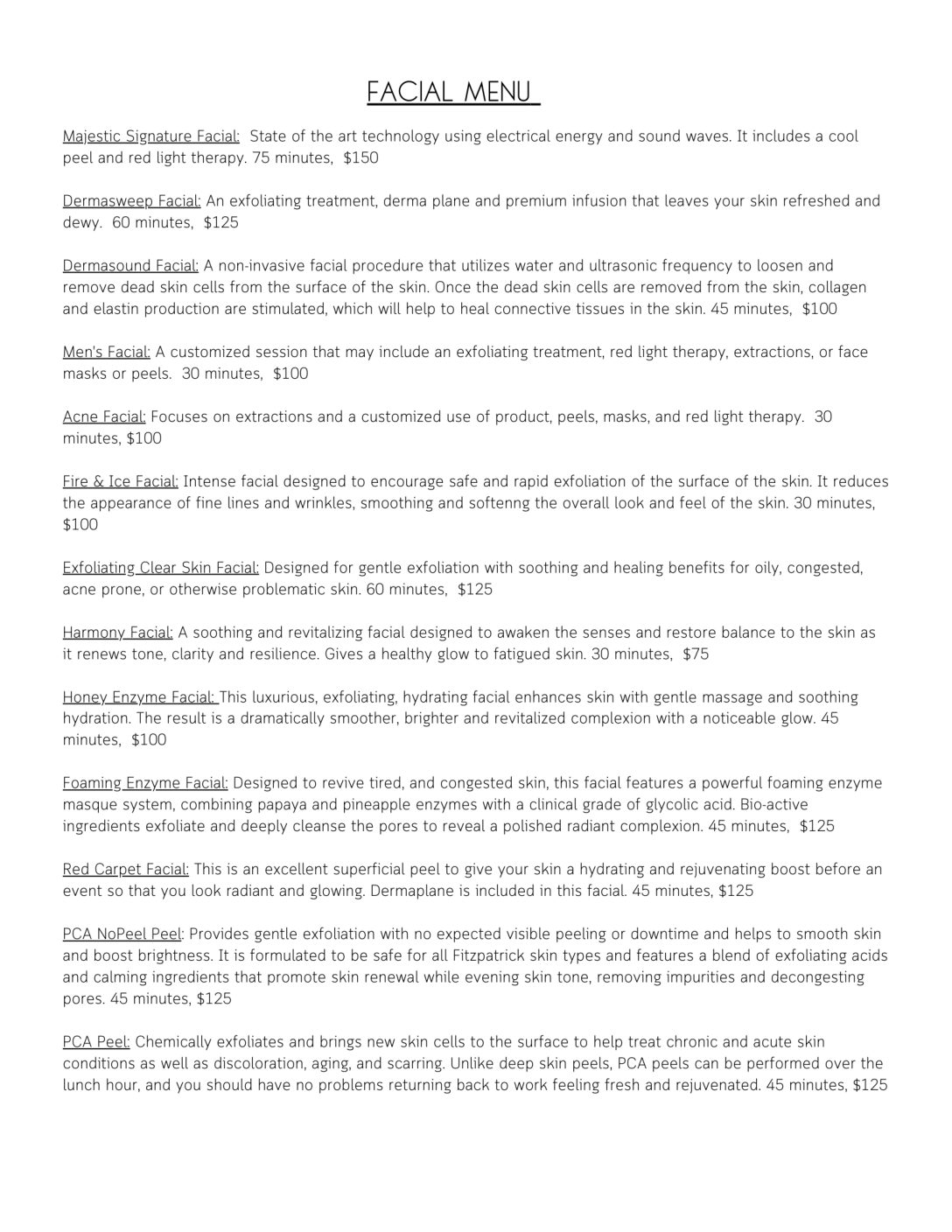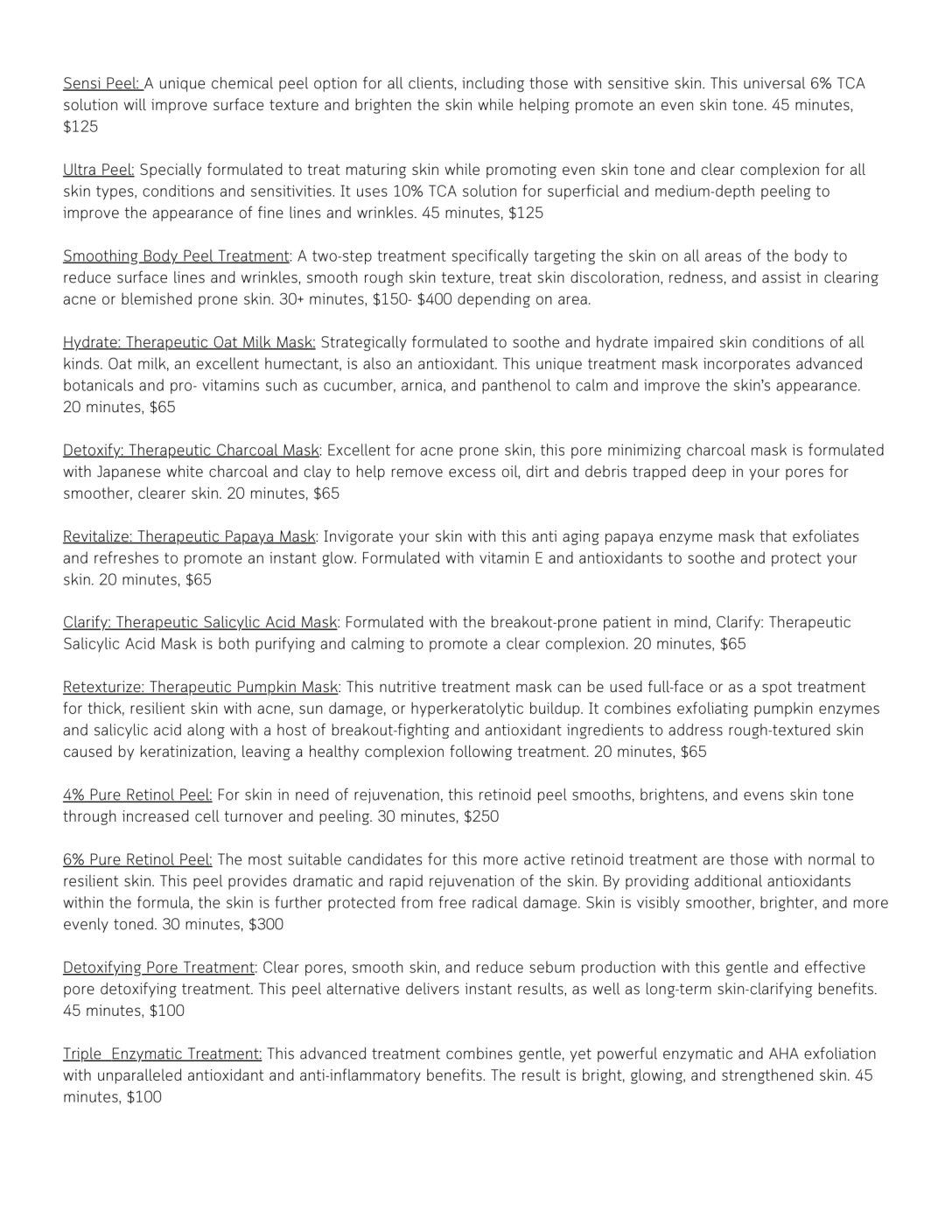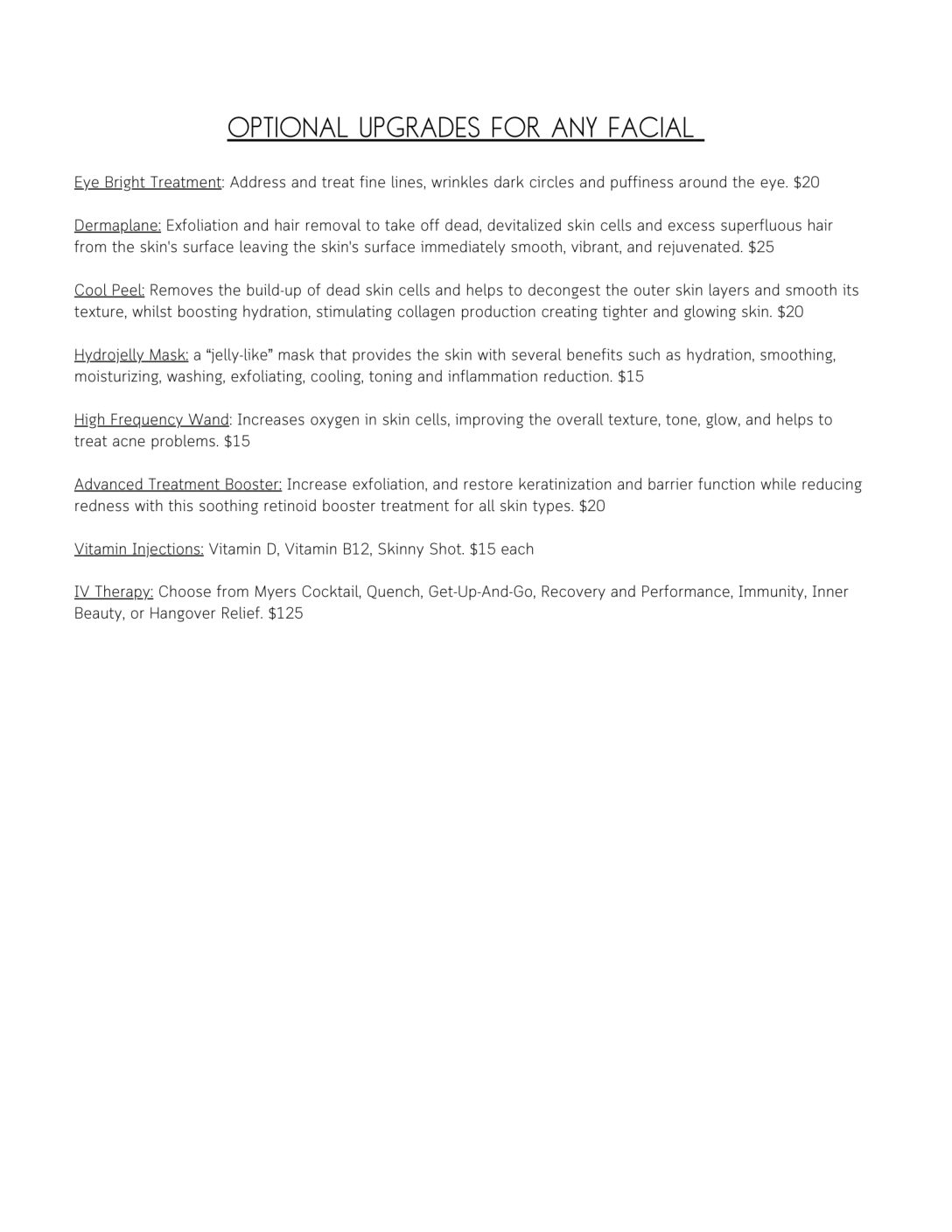Vitamins and antioxidants are filling an expanding role in medicine and aesthetics and we need to understand the value of topical vitamins A, C and other antioxidants in our work. Free radicals have an important role in creating work for the aesthetician as well as for the aesthetic surgeon. We therefore need to know as much as we can about free radicals and especially about how to counteract their effects.
Photo-aging is a manifestation of the free radical damage caused by light from the sun, and when a flap necroses, free radicals have had a very important part to play. Both of these conditions require highly targeted chemicals to prevent or reverse these changes. Ordinary cosmetics have to be replaced by pharmaceutic-like cosmetics – Kligman introduced the concept of cosmeceutics several years ago but many doctors and aestheticians are still unaware of the role of cosmeceutics.
The addition of light peeling systems is another dimension that needs further exploration as another method of persuading skin to renew itself in a more normal fashion rather than torturing it into smoothness by one-shot heavy treatments like deep peels and laser-surfacing.
COSMECEUTICS
Vitamin A was the first cosmeceutic that came to the attention of the Medical world but there are others. Every plastic surgeon should be familiar with effective cosmeceutics so that they can advise their patients about a scientific method of skin care. This article is intended to inform plastic surgeons and their skin care therapists of the pre-requisites for suitable cosmeceutics or pharmaceutics.
In our practice we use a cosmeceutic range based on:
- Replenishment of vitamin A and other essential skin vitamins, e.g. vitamin C, E and Beta Carotene
- Use of the Alpha Hydroxy acids ONLY WHEN NECESSARY.
- A light TCA/AHA peeling system
- We believe in adequate, but not excessive Ultra-violet-B light protection every day, and thorough UV-A protection
UNDERSTANDING VITAMIN A AND ITS VARIOUS FORMS
We’ve known about vitamin A for approximately 70 years. The first reference to the anti-ageing effects of vitamin a was published in 1954, yet it was ignored, probably because people expected the benefits to be immediately visible whereas they only become apparent after prolonged use.
In the 80’s retinoic acid (Tretinoin) came into the limelight and many people thought that it was the only active form of vitamin A. It’s just the acid form of vitamin A and is interchangeable with other forms of vitamin A found in nature. Vitamin A is found either as the acid, alcohol, esters or aldehyde forms.
- Retinoic acid is very active, and is normally found only within cells. It has an impressive research profile but causes a retinoid “eczematoid” reaction in many people. Retinoic acid is ideal in those people who can tolerate it but unfortunately many people stop using it because of the initial skin reaction.
- The Alcohol, Retinol, is the “transport form” of vitamin A in the blood. It is difficult to work with and can cause skin irritation, but less than retinoic acid. It is graded as a cosmetic ingredient.
- Vitamin A Esters – retinyl palmitate, acetate and propionate – are milder on the skin, still active and more easily tolerated. Retinyl palmitate is the major form of vitamin A in the epidermis. Our food generally contains retinyl palmitate and that’s how we store vitamin A in the liver. Retinyl acetate is a similar but more active ester! The importance of these particular “cosmetic” retinoids is that they give the same results as the pharmaceutic form retinoic acid, but are much less irritating on skin and hence patients are more likely to use them regularly.
MECHANISM OF ACTION OF RETINYL PALMITATE AND RETINYL ACETATE AND RETINOL
The advantage of using the milder forms of vitamin A on the skin is that they are converted into retinoic acid in the cells and effectively give similar results to those seen with retinoic acid. In keratinocytes retinyl palmitate and acetate are easily converted by esterase enzymes into retinol. Retinol is itself simply oxidized into retinoic acid. It is thought that retinoic acid is responsible for the changes induced on cellular metabolism and DNA activity. As mentioned above, the earliest reference, in 1954, to the antiageing effects of vitamin A, was achieved with topical retinyl palmitate.
Research work has shown that retinyl acetate is at least as, or even more effective (relatively) than retinoic acid possibly because it penetrates the epidermis more efficiently than retinoic acid. Interestingly enough, there is some evidence that lower doses of vitamin A acid in the long run have similar effects to maximum levels but of course have fewer side effects. This probably explains why 5 000 i.u. retinyl palmitate used for 1-2 years provides similar results to retinoic acid 5 000 i.u. used for the same period.
We should not forget about another important version of vitamin A: beta carotene, which is the plant form of vitamin A. Skin cells, can convert beta carotene into vitamin A. However, we need beta carotene, which is normally found together with vitamin C and E in our skin as part of the “antioxidant brigade”. Beta carotene is one of the most powerful antioxidants found in nature whereas vitamin A is not. So we really need both vitamin A and beta carotene in our skins.
We’ve known since the 1950’s that every time we go out into sunlight, we significantly deplete our vitamin A in the skin. Vitamin A is most easily destroyed by UV-A rays (at about 332nm). UV-A rays can penetrate right into the dermis. Sunlight causes not only a lower concentration of vitamin A in the skin, but prolonged exposure can also lower the blood levels of vitamin A. In 1935 it was suggested that most of us walk around with a deficiency of vitamin A in the sun-exposed areas of our skin. We need to replenish vitamin A not only after being in blisteringly hot sunlight, but also on cloudy, even rainy days because UV-A penetrates through clouds! UV-A also penetrates glass windows so we don’t even have to go outside to be damaged. UV-A is also generated by fluorescent lights etc. Therefore, one has to apply vitamin A every day to the areas of skin exposed to light, even in temperate areas.
Trials have shown that once vitamin A has been severely depleted by prolonged UV exposure, it may take up to a week to restore the normal levels. When we rely on the diet then the skin is in competition with the liver, etc. for the essential vitamins for skin. When one applies the vitamin A directly on the surface of the skin, within a few hours the mitosis rate in the keratinocytes is increased.
As it happens, vitamins C, E and beta carotene are also destroyed by sun-light, so we also need to ‘feed’ them to the skin. This is why it is so important to restore the normal levels of vitamin A and the antioxidant vitamins through the skin – directly where they are needed.
THE ACTION OF RETINOIDS
Not only is vitamin A essential for normal activity of skin cells and the regulation of their growth, but it is necessary for the growth and maintenance of all mucosal surfaces (bowel, vagina etc.) hair, nails, teeth, and bones. All the effects of vitamin A are dose-dependant.
We don’t know precisely how retinoids work but we have some clues:
- In the tissues vitamin A enters the cell wall and nuclear membrane etc. through retinoid binding sites and is converted by enzymes into retinoic acid. The retinoic acid acts on the mitochondria and also on the DNA of the nucleus.
- Vitamin A has an effect on the genes of the basal layer cells so that these cells grow faster, andbecome more normal both physically and biochemically. The accelerated growth of the basal layer of skin cells may be the predominant reason for the observed thickening of skin. Because of the increased mitosis, wounds heal faster and that’s why vitamin A is essential when using AHA creams or doing acid skin-peels. Topical vitamin A increases the magnitude of the rete pegs as
well as causing a thicker viable epidermis even in non sun-exposed protected skin in the elderly. - the Langerhans cells are supported and their immune action is promoted
- Topical vitamin A increases DNA and RNA formation and also increases certain enzyme actions, which are normally affected by age. Retinoic acid has been shown to prevent the induction of specific transcription factors (induced by low dose UV-B irradiation even well below erythema levels) which stimulate metalloproteinase genes. Fisher et al propose that the resultant elevated metalloproteinases degrade collagen and elastin in skin.
- Vitamin A switches on the genes in fibroblasts that control the production of collagen and so healthier collagen is made and unhealthy collagen is removed by enzyme activity. They also boost the production of natural moisturizing factors by the fibroblasts and that plumps out the skin which consequently also reduces fine lines.*21* However, there is a real reduction in the fine wrinkles as a result of the tightening effect of increased collagen.
- The fibroblasts also become more mobile and that may be why high dosage vitamin A helps to fade away, or even prevent stretch marks.
- Because more collagen is formed, solar elastosis becomes disguised by being pushed deeper into the dermis by the thickened collagen layer.
- New blood vessels are formed so the skin becomes less sallow and naturally pink.
- Vitamin A reduces the volume of sebum secreted and it also seems to alter the chemical nature of
sebum. That reduces the tendency to comedones. If one has oily skin then the skin becomes more
normal because of this action. It is not necessary to use high doses of vitamin A to achieve this.
Because vitamin A is a ‘normalizer’ of skin it can be used in skin atopy, and has even been used in lupus erythematosis. Because we used Vitamin A in an antioxidant base without perfumes or preservatives, atopy patients could easily use the creams, and many patients developed healthier skin that was much more comfortable. It has also been useful in reducing the requirements for steroids in these patients.
Because vitamin A reduces sebum secretion, the skin may feel dry until more glycoseaminoglycans and natural moisturizing factors like hyaluronic acid are produced to counteract that effect.
Vitamin A reduces pigmentation by about 60% or more in some cases. The best results are seen after many months – even 18 months. With vitamin A, even fairly deep dermal pigmentation may be reduced. The pigmentation is also more evenly spread out in the skin and there is a general lightening of the skin. In fact, even where the actual mark itself may be shown by chromatic studies to be lighter, because the surrounding skin is also lighter, the marks may still be evident. Vitamin A has also been useful in reducing post-inflammatory pigmentation. Our experience shows that the best lightening of pigmented marks occurs after many years of use of topical vitamin A.
The skin becomes smoother because the horny layer becomes flatter and more compact. This has alarmed some dermatologists because the horny layer is the most important protection against ultra-violet irradiation. In fact because it is more compact, it may well act as a greater physical barrier to ultraviolet light! One thing is certain, when one starts using retinoic acid, the skin becomes more photosensitive. Retinyl palmitate does not produce this degree of photo-sensitivity.
Vitamin A prevents tissue atrophy and the loss of collagen that is generally found with ageing.
If the skin is sun damaged then vitamin A helps to restore normal soft skin and reduces the keratoses. Old wrinkled skin becomes smoother. However, if one has dry skin to start with, then vitamin A initially makes it worse (because the sebaceous secretions are reduced) before it boosts the natural moisturizing factors and the skin becomes normally hydrated.
As we age, our skin gets thinner, collagen gets destroyed and so the skin starts to sag and become wrinkled. Vitamin A (not only the acid but also retinyl palmitate and acetate) counteracts almost all the changes associated with ageing and UV damage, so it is an important part of skin care and we should all become familiar with using the various forms of vitamin A.
We have to remember that aging starts when we are young so we should really be treating young people.
Due to space restrictions were not able to publish the numerous references and footnotes accompanying this article. However, should you require a copy of them please contact the APAA Office.
About the Author
Dr Des Fernandes studied in South Africa and obtained his fellowship in surgery at the Royal College of Surgeons in Edinburgh, Scotland. He trained as a cardiac surgeon and worked in the National Heart Hospitals of UK and then with Professor Christian Barnard’s cardiac surgery team. He subsequently specialized in the field of plastic surgery, gaining the respect of his international peers. He then continued to specialize in facial work and is involved in cosmetic facial surgery. Regarded as one of the world’s
foremost authorities in the area of anti-aging skin care, Dr Des Fernandes entertains thousands of skin therapy professionals, dermatologists, cosmetic, plastic and reconstructive surgeons each year with his lectures. His appearance on television and in the various magazines worldwide, have made Dr Des Fernandes a household name in many parts of the world. Developer of Environ (R) and ground breaking research into the effects of vitamin A applied topically to the skin.






